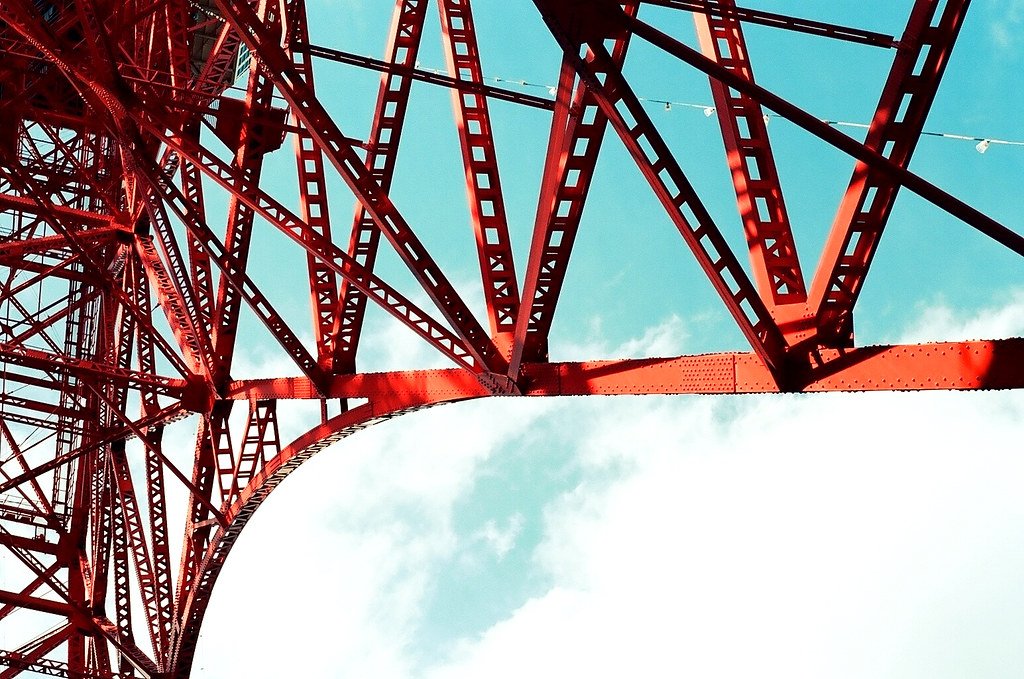Are you looking for the cheapest Leica M film cameras? While the M6 fetches a high price, here’s 5 cameras that can be had for a better bargain.
Hi my name is Sven the Leicaphile and this is the 5 cheapest Leica M film cameras you can get. The M line is quite sought after so we must keep your expectations in check. Most of these cameras hover above 1k, Leica cameras are not for the faint of the pocket even the film ones. I have added an extra choice for your consideration below that is not 100% an M camera but is way lighter on the pocket.
5 cheapest Leica M film cameras
| Name | Meter | Get it here: |
|---|---|---|
| 1. Leica M2 | NO | Check on ebay |
| 2. Leica M3 | NO | Check on ebay |
| 3. Leica M5 | YES | Check on ebay |
| 4. Leica M4P | NO | Check on ebay |
| 5. Leica CL | NO | Check on ebay |
What’s so great about the Leica M system is that ever since the first one, the Leica M3, all of the support the same lenses so all of them are compatible with all the lenses that came after. One of the most important things to consider however is the framelines, and we will pay special attention to that.

| Reasons to buy | Cons |
|---|---|
| + Streamlined design + 35mm framelines | – No 28mm framelines – Remove spool – No lightmeter |
To kick off our list of the cheapest Leica M film cameras, one of the first ones, the Leica M2. Released after the Leica M3, it is similar to it’s older brother as a silver slab but with one important aspect: It has 35mm framelines.
It also has a more streamlined body and no built-in light meter like the M3. Because it is one of the older Leicas it doesn’t have a quick loading spool, you’ll have to remove the spool and twist in the film and then put back in the body.
Fun fact, THAT famous picture of Che Guevarra was shot on an M2. Sample images:




| Reasons to buy | Cons |
|---|---|
| + Highest magnification + Piece of history | – No 28mm framelines – No 35mm framelines – Remove spool – No lightmeter – Older rangefinder design |
Next up the cheapest Leica M film cameras is the original granddaddy of them all, the Leica M3 (yes it came before the M2 and M1). This camera is second on this list for a few reasons, the design is on the classic side while the M2 is more streamlined, and just like the M2 there is no light meter nor quick loading spool.
It lacks the 35mm framelines, but if you shoot focal a lengths like the 50mm you are in for a treat. This has one of the most powerful magnifications on any M camera at 0.91x. Fun fact, this is the camera Henri Cartier Bresson used most of his life. Sample images:







| Reasons to buy | Cons |
|---|---|
| + Full frame + Amazing Sensor + Portable + Great dials for control | – Is only Black and White |
Because the M5 is less sought after then the M4, this makes it one of the cheapest Leica M film cameras you can buy. First things first, this is bigger then the other Leicas because this is one of the first Leica with TTL metering. While that might be old hat when it comes to digital photography, in order to put metering in there the Leica engineers had to find a way to put in an “arm” that meters the image that hits the lens and make it get out of the way when you shoot, hence the bulkier aspect.
But that’s not all, one of the changes Leica did was with the shutter speed dial that was integrated with the shutter release, making this one of the most different Leica M film cameras you can get.







| Reasons to buy | Cons |
|---|---|
| + Full frame + Amazing Sensor + Portable + Great dials for control | – Is only Black and White |
Spoiler alert, the most desirable film Leica M camera is the M6. But the cheapest one that is as close as the M6 without the price tag is the M4. The variant M4-P is recommended here although it was made in Canada and not Germany (except the latest ones).
The biggest argument against this camera is the cuttered viewfinder but on the flip side it is one of the only ones on this list that offers 28mm framelines. Design wise, this is the overall camera design that Leica will use for the M6 and pretty much all other M cameras that will follow.
Unlike the larger M5 it doesn’t have a lightmeter built-in. Image sample:







| Reasons to buy | Cons |
|---|---|
| + Full 35mm rangefinder + Smallest & lightest + Cheapest one | – Minolta made – Not as sturdy |
It is seriously infuriating when companies override their own names. There’s two Leica MPs for example, a recent one and one from the 50s. Same here for the Leica CL, there’s a new digital version that is APSC sensor and there is a film one that we are going to talk about here.
If you are looking for the cheapest Leica M film camera, this really is it, it just isn’t part of the M line, but you will find none cheaper. It’s a fraction of any film M at about $500. There’s lots to love there as this is the smallest and lightest M mount rangefinder you can get.
It has some odd frameline choices (40mm, 50mm or 90mm) and was made in Osaka, Japan and not Germany. Unlike the Ms this is not as durable nor is the rangefinder as precise as an M. But overall the Leica CL is a bargain if you just want to shoot film M lenses.






Conclusion
I hope you have enjoyed this article about the cheapest Leica M film cameras. This speaks volumes about Leica’s staying power that even it’s oldest M still fetches a relatively high price. If you are looking for a real bargain, the Leica CL is the way to go, but if you want the actual M line, the cheapest are the M2, M3 & M4P.